About Me
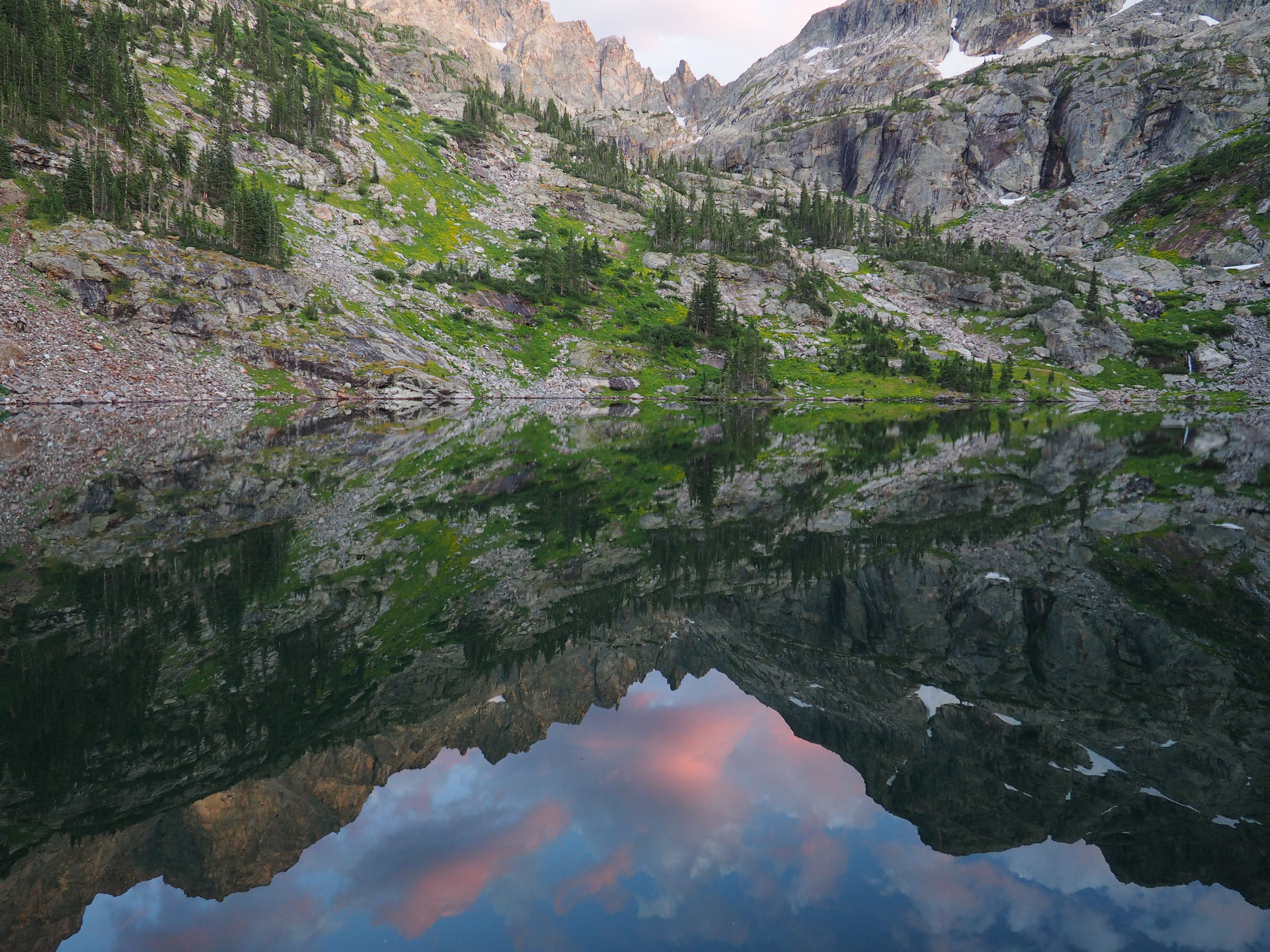
I study interactions between climate and terrestrial carbon and water cycling from canopy to global scales.
I am mainly interested in how plants are affected by climate change, and in turn how large scale plant-atmosphere exchanges impact climate.
My research interests are broadly classified as:
- Regional-scale atmospheric modelling to quantify sources and sinks of CO2.
- Canopy-scale meaurements of trace gases (OCS,13CO2), eddy covariance flux, and ecopshyiological data (sap-flow, high- frequency thermal imaging of canopies)
to understand plant-atmospheric interactions of CO2, H2O at the ecosystem scale.
- Using satellite imagery to quantify spatial and temporal patterns of low lying cloudcover.
Currently I am a postdoc in the Carbon Cycle Greenhouse Gases Division at NOAA's Global Monitoring Laboratory supoervised by Dr. Caroline Alden and Dr. John Miller.
Education:
- PhD, Forest Ecosystems and Society, Oregon State University 2018
- M.A., Geography, University of California Santa Barbara 2013
- M.Sc., Environmental Sciences, University of East Anglia 2010
- BSc. (H), Chemistry, University of Delhi 2009
Publications: Google Scholar
Research
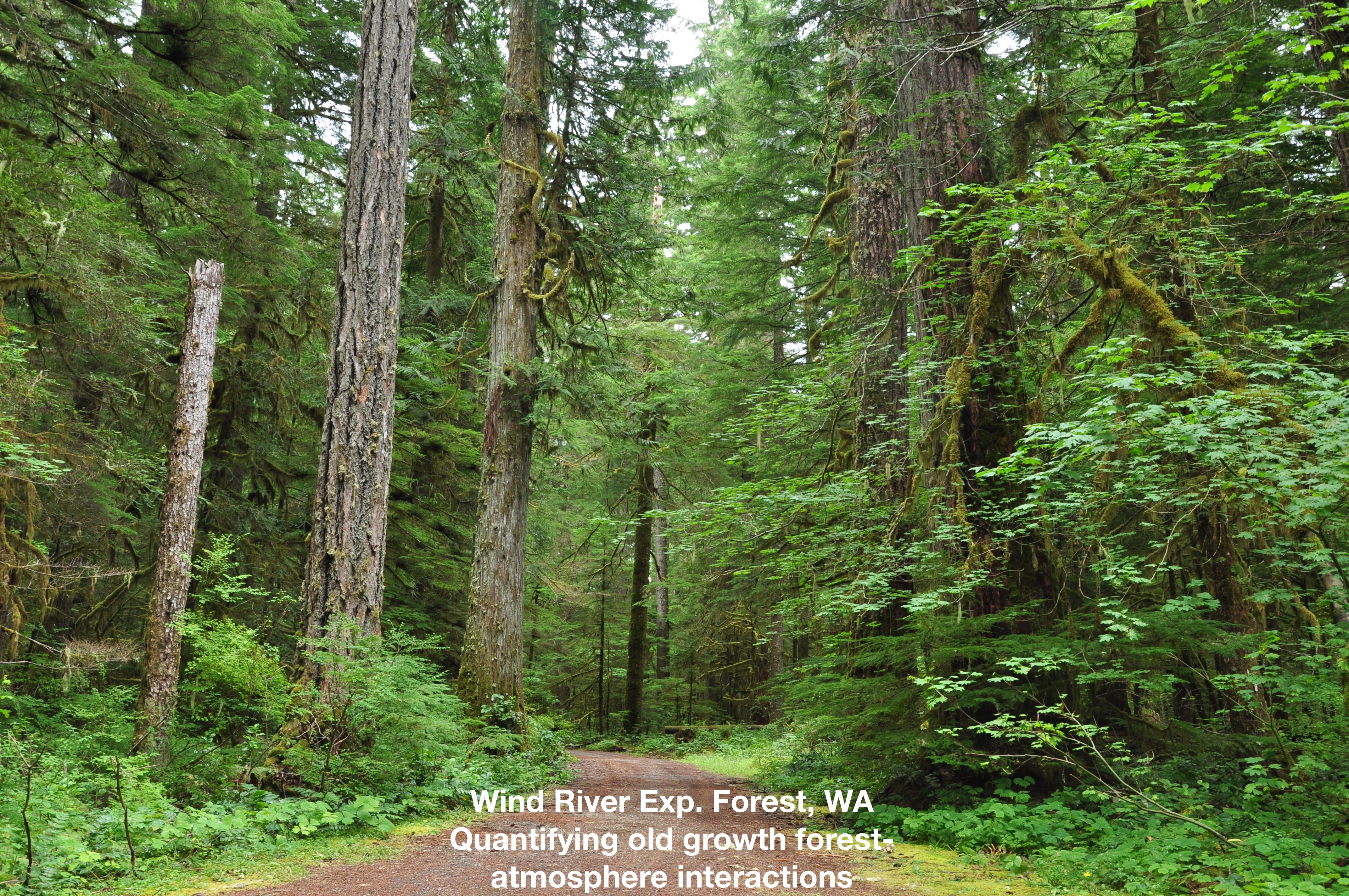
Motivation:
The carbon balance (Net Ecosystem Exchange or NEE) of Earth’s ecosystems is a first order ecological property with wide-ranging implications for climate change,
global food security, and biodiversity. Earth’s terrestrial ecosystems drive the interannual variability in the atmospheric
growth rate of CO2. These ecosystems also act as a sink, removing ~ 25% of anthropogenic carbon, and this sink has so far
kept pace with increasing anthropogenic emissions. Many hypotheses have been suggested for the increasing land sink,
including CO2 fertilization and regrowth of northern latitude forests, but compelling evidence for any particular mechanism
acting at large scales remains elusive. There are two main reasons for this. First, NEE represents the ecosystem state:
a balance of ecosystem photosynthesis (gross primary productivity or GPP) and respiration, neither of which are measurable
beyond the scale of a leaf cuvette or a soil chamber. This makes it challenging to measure and scale NEE from plot or site-level
to large regions. Atmospheric CO2 measurement networks, allow us to infer current biome-scale
(i.e., 104-106 km2) NEE using inverse models, but measurement networks are sparse and under-sample
large parts of the world, including critical regions such as the Tropics and the Arctic. I use a combination of ecosystem scale (1 km2)
measurements and biome-scale models to better characterize ecosystem-scale processes and constrain biome-wide trends.
Research area I: Constraining North American Carbon flux using satellite retreivals of XCO2

This is the focus of my current Postdoctoral work. Inverse models combine carefully calibrated measurements of CO2 mole
fraction with models of atmsopheric transport to infer NEE at regional to global scales.
However, measurement networks remain sparse in large parts of the world.
Satellites such as NASA's OCO-2 can potentially provide unprecedneted spatial coverage information, but data need to be highly precise and accurate.
I am using the CarbonTracker-Lagrange regional model.
CarbonTracker-Lagrange is a regional atmospheric inverse model in which surface flux is optimized using surface-sensitivity arrays
from high resolution simulations of atospheric transport and atmospheric measurements of CO2. Using a suite of inversions, we seek to
understand at what spatial and temporal resolutions OCO-2 can provide robust estimates of NEE and quantify the magnitude of flux uncertainty reduction.
As a first-step, we leveraged the dense network of NOAA GML in-situ measurements over North America to assess bias in XCO2.
We found small biases that were similar to the signal of interest.
The manuscript is available here.
This work is supported by a NASA Carbon Monitoring System grant
to P.I. Kaiyu Guan (UIUC),
and Co-P.I. Caroline Alden (CIRES/NOAA-GML).
Research Area II: Inferrering ecosytem-scale photosynthesis and biosphere-atmosphere interactions from Carbonyl Sulfide
This was the focus of the PhD dissertation, Under the supervision of Prof. Christopher Still.
Carbonyl Sulfide (OCS) has recently been proposed as a proxy for estimating photosynthesis from ecosystem to global scales.
I installed a profiling system to measure drawdown of OCS, H2O, CO2, and CO at an old-growth Douglas Fir/
Western Hemlock forest site (Wind River, WA: US-wrc). With the help of
co-located eddy flux data, I quantified OCS uptake by the forest, and related it to photosyntheis and transpiration. We found
significant nocturnal uptake of OCS by epiphytes (e.g, lichen, mosses) at the site. We found that
during the day, OCS uptake was sensitive to diffuse radiation, and also quantified dynamics of ecosystem OCS exchange during heatwaves.
These findings were published here and
here. I am currenty working on two other manuscripts. In the first one
we estimate a large nocturnal sink of OCS in the canopy, that is not related to uptake by leaf stomata but related to uptake by epiphyes.
This is the first study to quanitfy epiphyte uptake of this gas at the ecosystem scale. In the second manuscript (in review) we use our published estimates of
daytime OCS uptake to help explain the response of the old-growth forest to wildfire smoke.
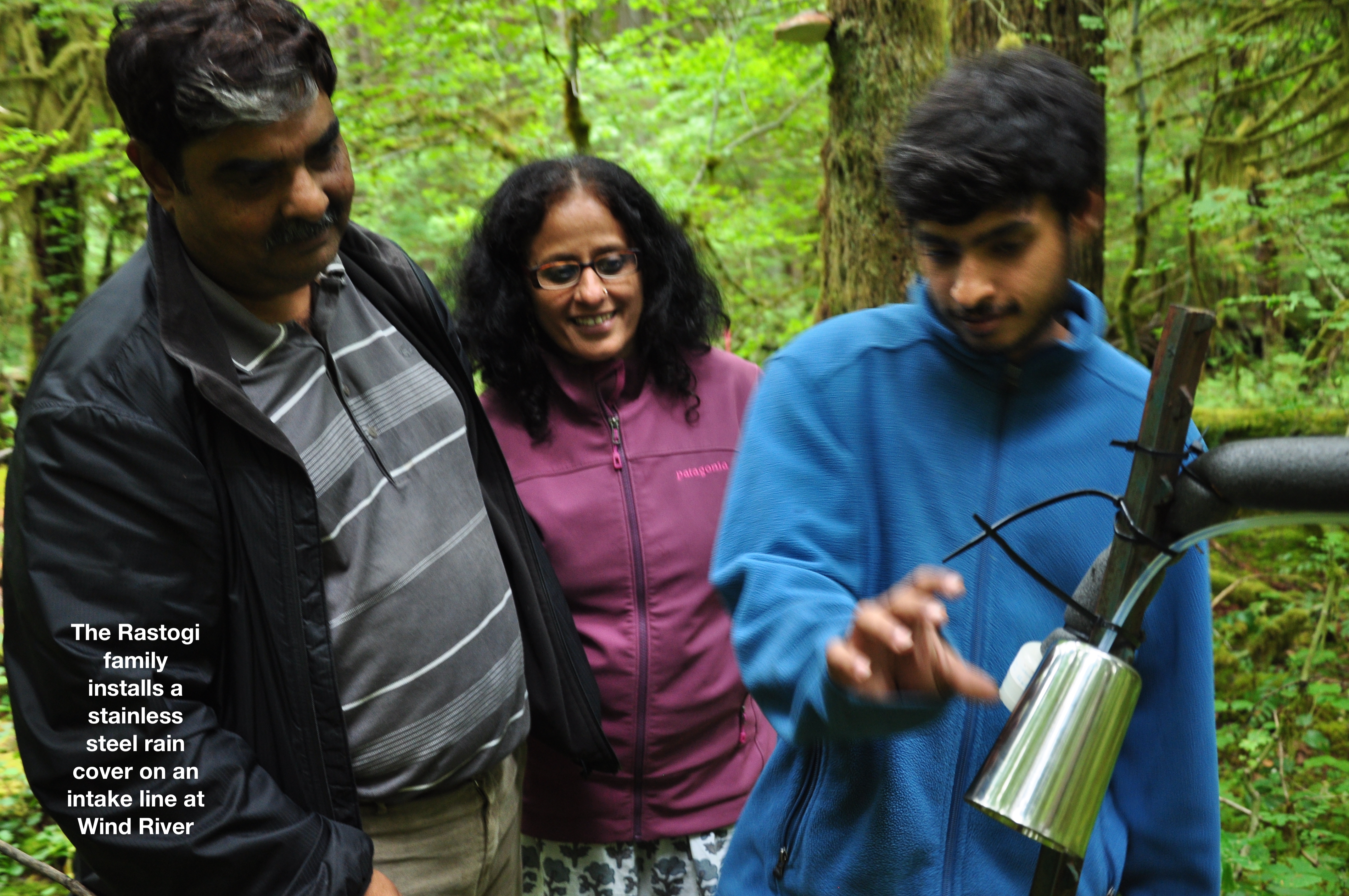
Research Area III: Measuring and modeling canopy temperatures
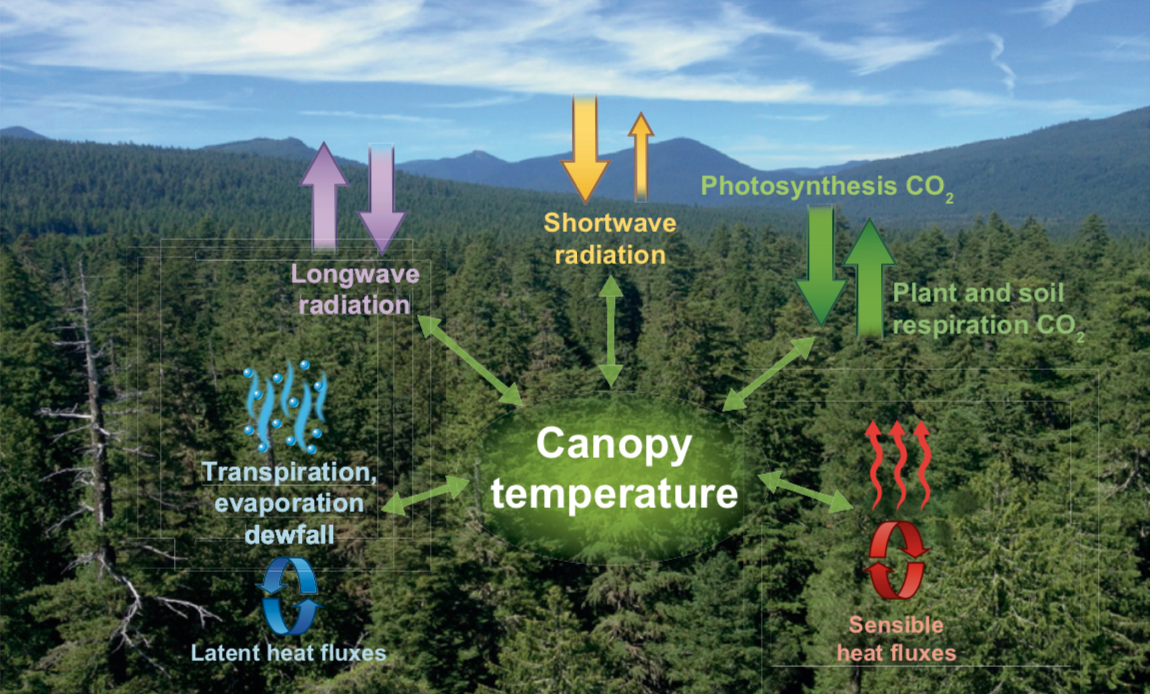 Fig. 1 from Still, Rastogi et al., (2021)
Temperature is a fundamental component of all aspects of plant function. The temperature of leaves in particular is
important in determining plant metabolism and therefore the exchange of CO2, water, energy with the environment.
Controls of leaf temprature therefore has been a subject of extensive study by plant physiologists, ecologists, and atmospheric scientists.
On the global scale, satellite-based thermal imaging of leaf temperature (now available for almost 5 decades) has been used to infer large scale land-atmsopheric
water fluxes. While there are numerous studies at the leaf and global scales, temperature at the canopy scale is less well understood. I am interested in
using high- frequency thermal imaging to learn what canopy temperature can tell us about ecophysiology of vegetated systems as well as plant-atmosphere interactions.
Recently, we published a review highlighting some results from in-situ thermal imaging of forest canopies here.
Fig. 1 from Still, Rastogi et al., (2021)
Temperature is a fundamental component of all aspects of plant function. The temperature of leaves in particular is
important in determining plant metabolism and therefore the exchange of CO2, water, energy with the environment.
Controls of leaf temprature therefore has been a subject of extensive study by plant physiologists, ecologists, and atmospheric scientists.
On the global scale, satellite-based thermal imaging of leaf temperature (now available for almost 5 decades) has been used to infer large scale land-atmsopheric
water fluxes. While there are numerous studies at the leaf and global scales, temperature at the canopy scale is less well understood. I am interested in
using high- frequency thermal imaging to learn what canopy temperature can tell us about ecophysiology of vegetated systems as well as plant-atmosphere interactions.
Recently, we published a review highlighting some results from in-situ thermal imaging of forest canopies here.
Research area IV: Using remote sensing observations and ground based observations to quantify trends in coastal low-lying clouds and fog.
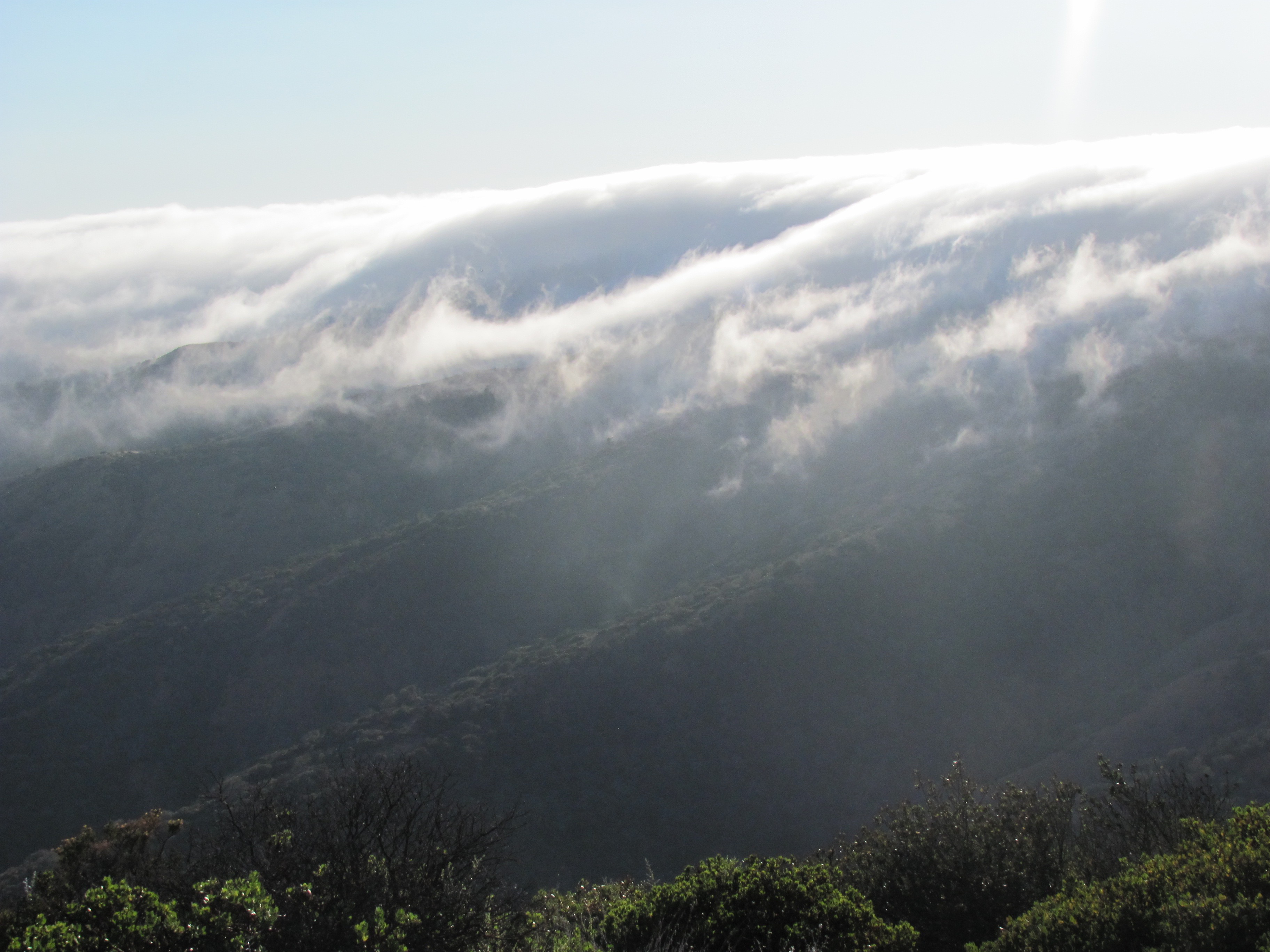
Fog on Santa Cruz Island in California.
Low lying cloud-cover and fog are important components of the water budget in many semi-arid/arid ecosystems. In these systems,
plants rely of low cloud and fog to alleviate drought stress. While cloudcover reduces ambient air temperature and the atmospheric demand of moisture from the leaf surface (VPD),
fog droplets can coalesce on leaf surfaces and provide moisture for plant function. Using multi-scale remote sensing data, weather ballons, and local airport observations
I quantified spatio-temporal
patterns of cloud and fog over the Channel Islands of California. A key component of this work was to discrimate regions that experienced low-cloudiness from those
that were inundated by fog. Cloud and fog maps (fogscapes!) I produced have been used by the Nature Conservancy in conserving and restoring these landscapes.
More recently, using similar methods, colleagues and I investigated spatio-temporal patterns of low-lying clouds over the Pacific Northwestern US.
We detected a decreasing trend in 22 years of satellite observations of summer time cloud cover in the areas bounded
by the coast range and the Cascade mountains.
Contact
bharat.rastogi@colorado.edu
Address: 204A Guggenheim Geography, 260 UCB, Boulder CO: 80309
Twitter

 Fig. 1 from
Fig. 1 from 